Roquetas de Mar in Almeria province, Andalucia, southern Spain accounts for up to 70% of the tourist trade in Almeria province
By Nick Nutter | Updated 26 Mar 2022 | Almería | Villages |
Login to add to YOUR Favourites or Read Later


Roquetas east beach
In 1705, the garrison housed within a fortified tower situated on a promontory on the coast a few kilometres southwest of Almeria, vigorously repelled English troops taking part in a campaign to capture Almeria city. Today, the Castillo de Santa Ana overlooks a modern fishing port and a charming part of the town of Roquetas de Mar. The English, and all other nationalities, over one hundred according to the town’s records, are nowadays more than welcome in this seaside resort that accounts for up to 70% of the tourist trade in Almeria province.
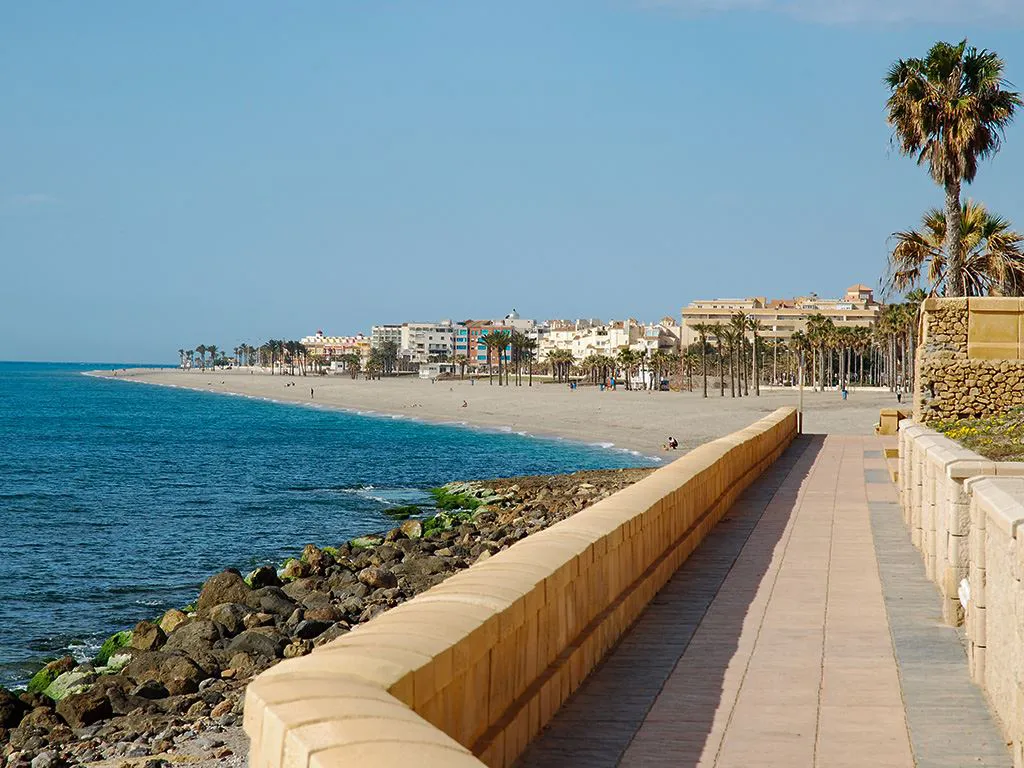
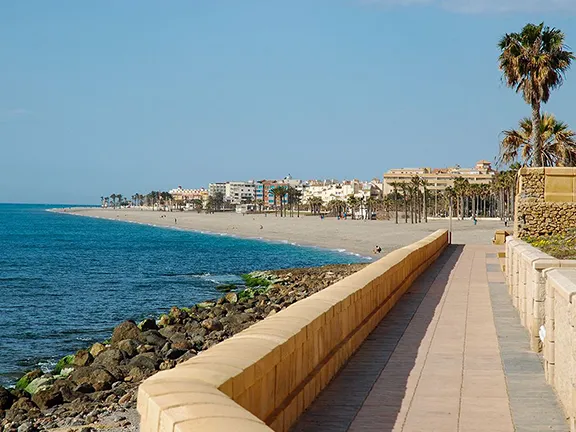
Roquetas west beach
Roquetas de Mar, like its castle, has seen many ups and downs. During the Roman period the town was called Turaniana and was known for its safe harbour, the Puerto de los Bajos (Shallow Port). Over the centuries, the road and trade route from Gibraltar to Barcelona became almost as famous as the Silk Road or the Spice Route to India and Turaniana was a vital link on that route. Later, during the Muslim period, the 14th century historian Ibn al-Khatib wrote, ‘due to numerous pirate raids, this road was a path of caution and ordeal, only travelled by men who care naught for their welfare and disdain this world’. The first fortified tower dates from this period.
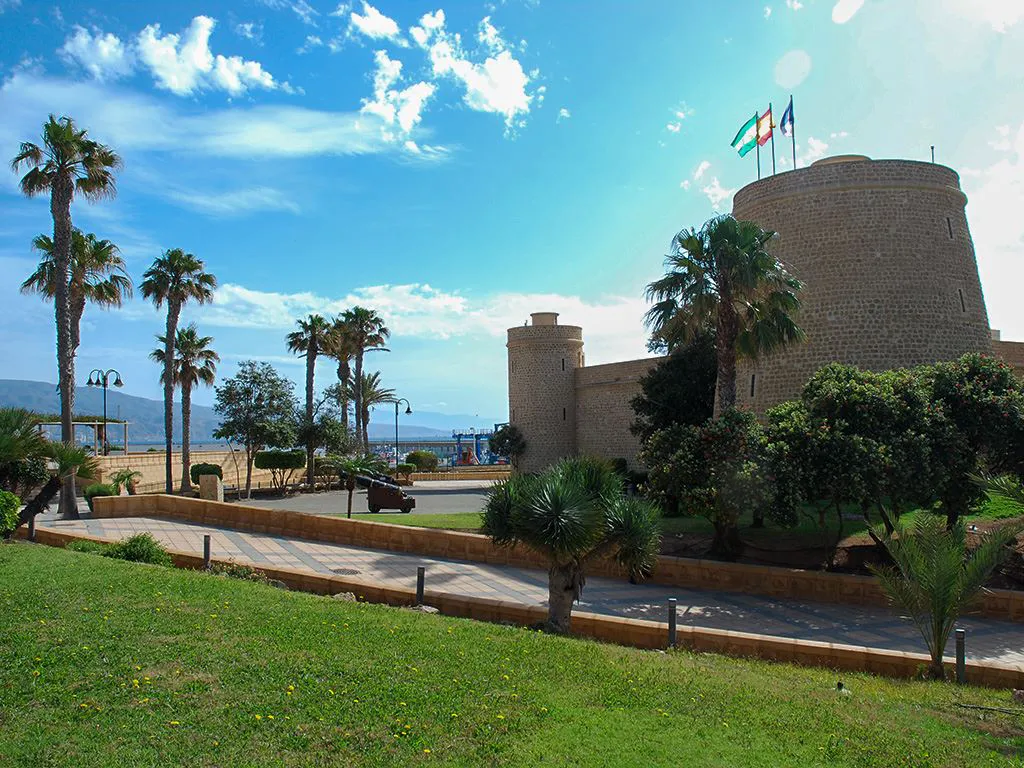

Castillo de Santa Ann Roquetas
Pirates continued to be a problem after the area was conquered by the Christian monarchs in 1489 and the coastal area was thinly populated. Even so the occupants developed a salt industry that, by the 17th century, was producing 250,000 tonnes of salt each year and a significant revenue for the crown. They also grew a plant called prickly saltwort, used to make soda ash for the soap and glass manufacturing industries.
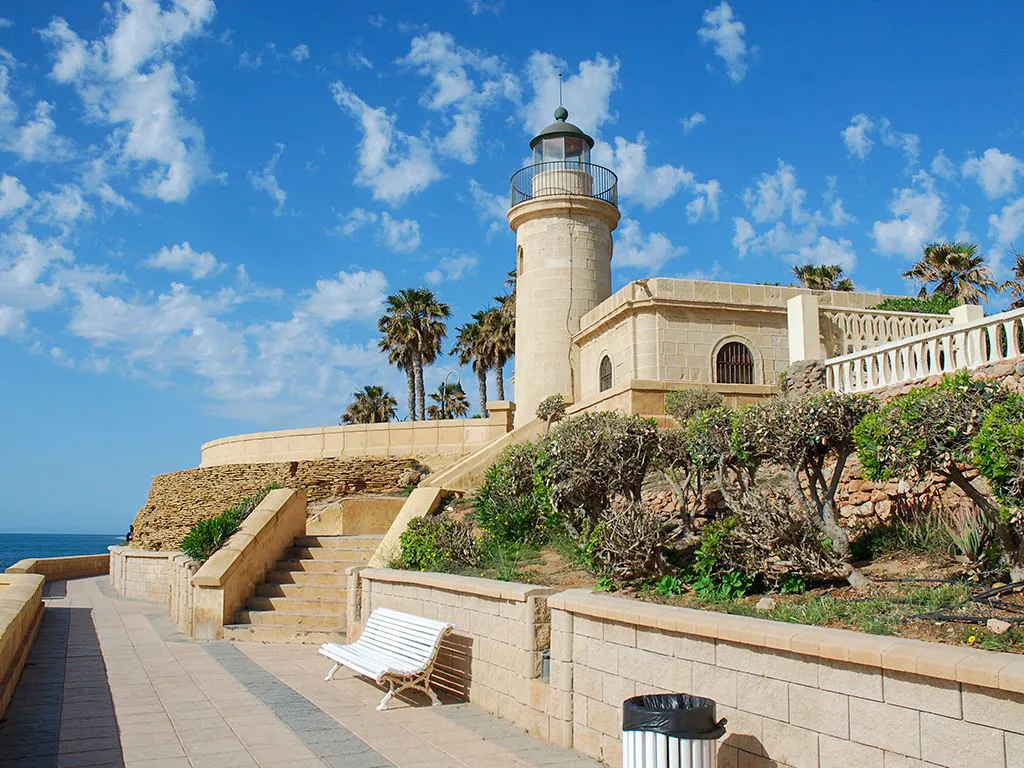
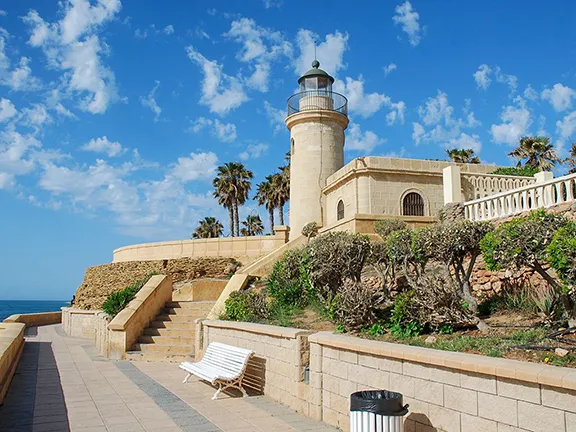
Lighthouse Roquetas
In 1737, a few of the inhabitants of Felix and Vicar started to plough land in the vicinity of the 17th century fortified tower that had replaced the original Muslim fortification. The tower was known as Castillo de las Roquetas, hence the town’s name. The town grew slowly. Apart from saltwort, agriculture concentrated on subsistence crops. Fishing became a new industry.

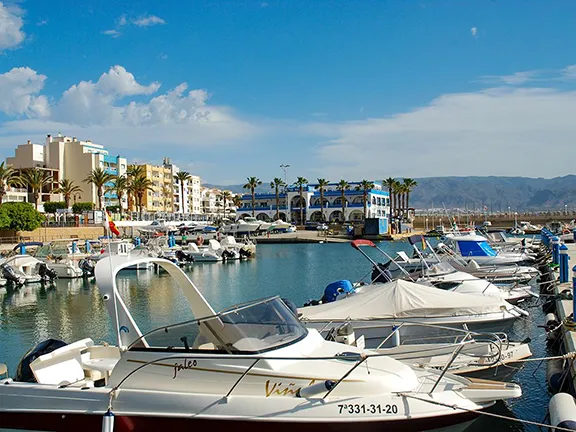
Roquetas marina
Roquetas de Mar remained a small fishing village until the 1940s, its agriculture and population hampered by a lack of water. In 1941 the Campo de Dalias, a zone in western Almeria that includes Roquetas, was declared an Area of National Interest and work started to dig wells to create a water supply infrastructure. The National Institute of Colonisation opened the first well in 1943 alongside the Vitorina Inn. A few colonists took advantage of the new areas being opened up for agricultural use, but it was in 1955 that one Juan Sánchez Romera conducted a remarkable experiment, beach sand mulching.
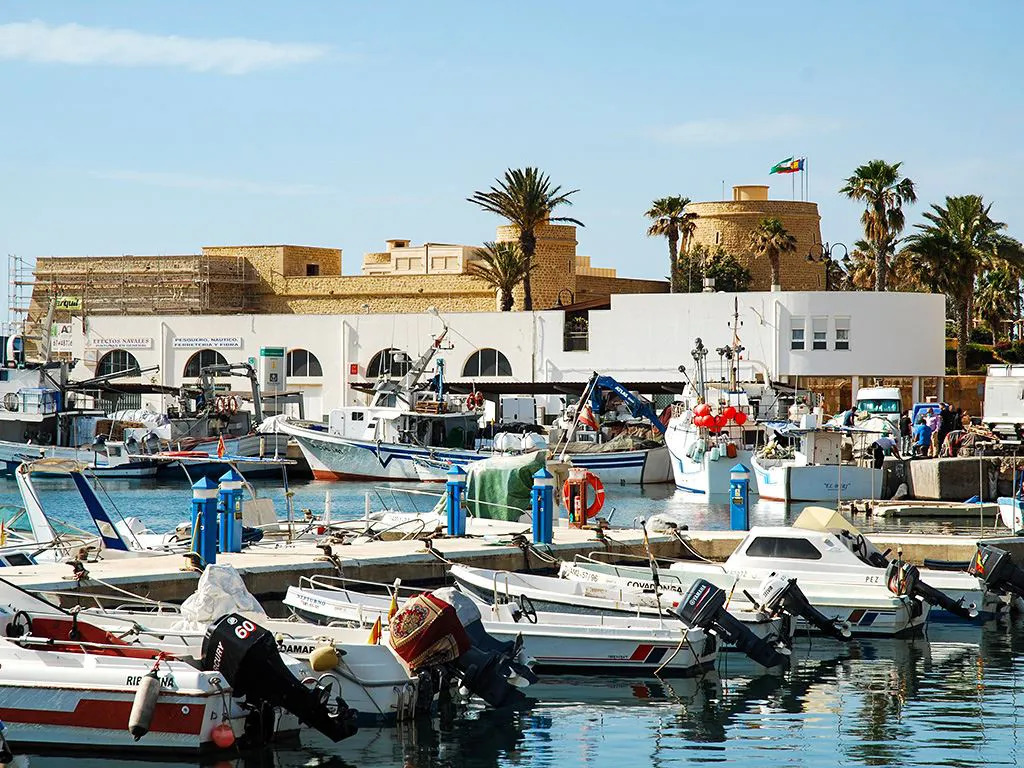

Roquetas fishing port
The first greenhouse was erected in 1963. By 1969 there were 45 hectares of land covered in plastic, today there are 40,000 hectares using the greenhouse method and sand mulching and the area is known as ‘the larder of Europe’. As the greenhouses expanded, so too did the tourist industry.
The attraction for the visitor to Roquetas is obviously not the fields of plastic that, whilst unattractive, are an interesting glimpse into rural Spanish life. Some of the remaining family-owned plots are little more than plastic covered allotments, managed by the entire family from small tot to wrinkled grandfather using handheld tools and rickety barrows and carts.
Tourists are drawn by the superb beaches and over 3,000 hours of sunshine each year. The municipality of Roquetas stretches from Aquadulce, over 15 kilometres to Punta Entinas Sabinar Nature Reserve. The ‘old’ town of Roquetas in the vicinity of the castle and fishing port is an attractive area. The castle has been refurbished and is now a cultural centre with an interesting mix of art exhibitions, model historical ships, and the history of the town and castle. The photo gallery is well worth seeing. Restaurants specialising in fish, still a thriving industry, with pavement tables and canopies abound. The atmosphere is friendly and, despite Covid restrictions (May 2021), lively. Following the coast road southwest out of town, you will find the purpose built resort town of Urbanización Roquetas de Mar. Here you have the usual melange of hotels, apartments, bars, restaurants and souvenir shops. Fronting it all is the 15 kilometres or so of wide, safe, beach, dotted with chiringuitos and beach cafes.
At the farthest southwest extreme of the municipality is the Punta Entinas-Sabinar nature reserve. Kilometres of fine sandy beach and sand dunes protect a marismas that is a haven for bird life, particularly migrating species during the winter. There are dozens of walking and cycling tracks that wend between the natural lagoons.
Altogether, Roquetas de Mar is worth discovering. We found that, after three visits, the area grew on us as we discovered more about the place. One drawback we did find was the wind. Throughout the year the wind often increases from a morning calm to an afternoon half gale. Still, its good for the windsurfers.